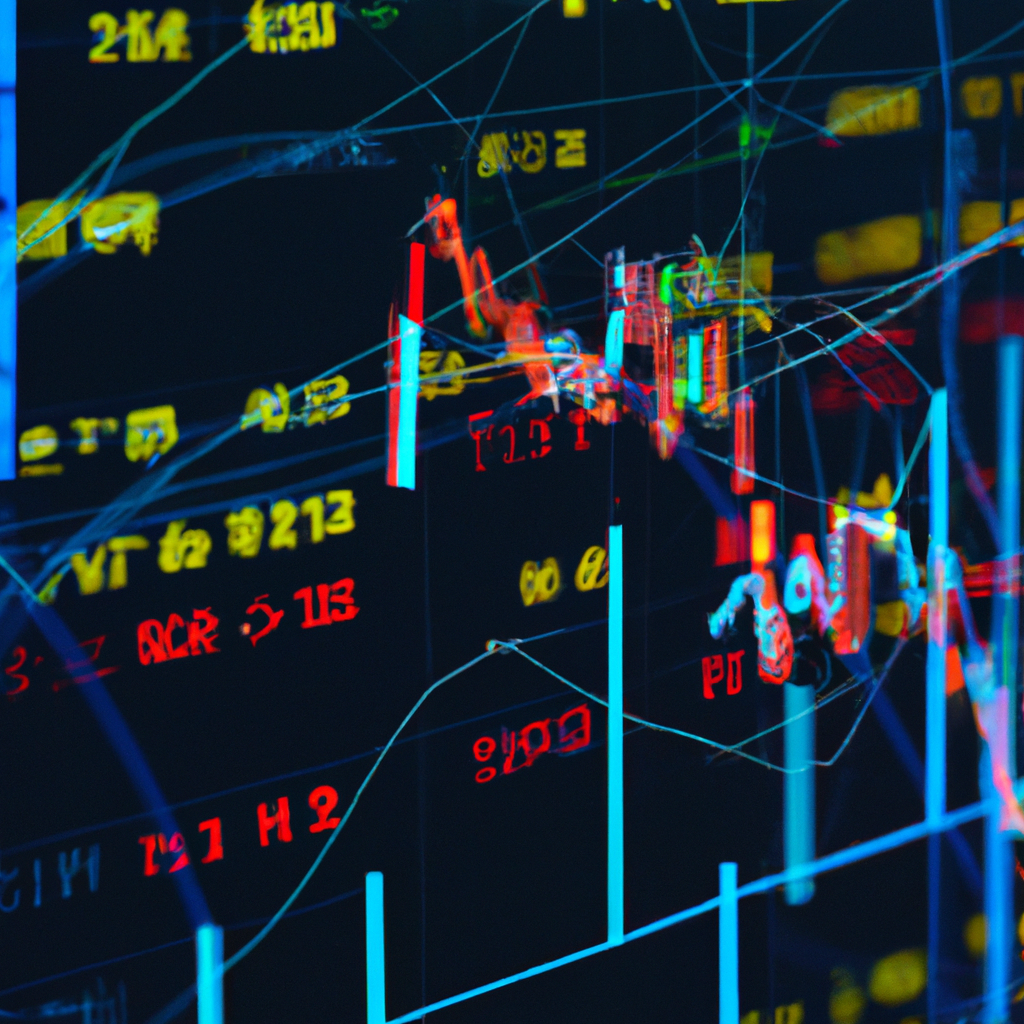
Harnessing the Power of Technical Indicators in Algorithmic Trading
Algorithmic Trading with Technical Indicators
Introduction
Algorithmic trading, also known as automated trading or black-box trading, is a method of executing trades using computer algorithms. These algorithms are designed to follow a set of rules and criteria to determine when to buy or sell assets. Technical indicators are commonly used in algorithmic trading to help identify trends and patterns in market data.
Types of Technical Indicators
There are various types of technical indicators that can be used in algorithmic trading. Some of the most popular ones include moving averages, relative strength index (RSI), stochastic oscillator, and Bollinger Bands. Each indicator has its own unique way of analyzing market data and providing signals for trading.
How Technical Indicators are Used in Algorithmic Trading
When using technical indicators in algorithmic trading, traders typically set up rules and conditions based on the indicators’ signals. For example, a trader may set up a rule to buy when the RSI indicator crosses above 70 and sell when it crosses below 30. These rules are programmed into the algorithm, which then executes trades automatically based on the signals generated by the indicators.
Advantages of Algorithmic Trading with Technical Indicators
One of the main advantages of algorithmic trading with technical indicators is the ability to remove emotions from trading decisions. By relying on objective signals generated by indicators, traders can avoid making impulsive decisions based on fear or greed. Additionally, algorithmic trading can help traders execute trades more quickly and efficiently, as the algorithms can analyze market data and execute trades much faster than a human trader.
Challenges of Algorithmic Trading with Technical Indicators
While algorithmic trading with technical indicators can offer many benefits, there are also some challenges to consider. One challenge is the risk of overfitting the algorithm to historical data, which can lead to poor performance in live trading. Additionally, technical indicators are not foolproof and can sometimes generate false signals, leading to losses for traders. It’s important for traders to continuously monitor and adjust their algorithms to ensure they are performing effectively.
Conclusion
Algorithmic trading with technical indicators can be a powerful tool for traders looking to automate their trading strategies and make more informed decisions. By using technical indicators to analyze market data and generate signals, traders can take advantage of opportunities in the market and improve their overall trading performance. However, it’s important for traders to understand the limitations and challenges of algorithmic trading and continuously monitor and adjust their strategies to ensure success.